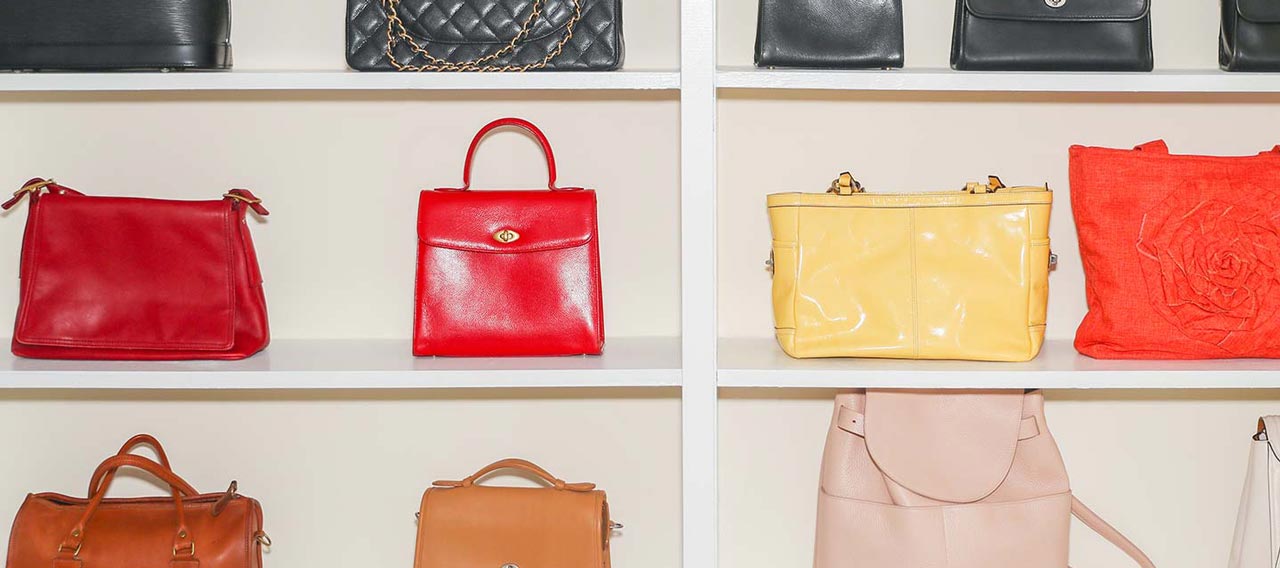- Individuals & Families
- Businesses
- Agents & Brokers
- Embedded Insurance

Chubb ranked #1 for Customer Satisfaction with the Home Insurance Claims Experience

Chubb ranked #1 for Customer Satisfaction with the Home Insurance Claims Experience

Chubb ranked #1 for Customer Satisfaction with the Home Insurance Claims Experience

Chubb ranked #1 for Customer Satisfaction with the Home Insurance Claims Experience

Because pets are family, Chubb now offers pet insurance with top-rated coverage from Healthy Paws.

Chubb offers the insurance protection you need for travel’s many “what ifs”.

Chubb protects small businesses at every stage – from newly formed start-ups to long-time anchors of the community.

Stay ahead of cyber threats with our free Cyber Claims Landscape Report.

Learn more about our dedicated learning paths, Online Learning Center, and more.

Many digital-savvy consumers look for it as a core or add-on option.

Many digital-savvy consumers look for it as a core or add-on option.

Many digital-savvy consumers look for it as a core or add-on option.

Chubb’s in-house technology makes it easy to integrate what we do into your customer experience.
-
About
-
Claims
-
Login & Pay Bill
For Agents & BrokersFor Travel Advisors
-
Back
Even if you’re not an art dealer or avid collector, one of the best ways to discover new artists, buy the latest works, and stay abreast of trends in the art world is to attend an art fair. However, to make the most of your visit, there are a few things you may want to consider before you head out.
1. Remember to pace yourself
While some local art fairs take place over a day or two, most major art fairs last around five days, with an invitation-only day for major collectors, art advisors, and museum curators before the fair opens to the general public. Coinciding with some of the biggest and best fairs are smaller satellite fairs, with these events referred to as a “week,” including Armory Week, Frieze Week, and Art Basel Miami Beach Week. These events will attract hundreds of galleries – allowing thousands of people to see works of art from around the country and across the world. So, remember to dress comfortably and be prepared to walk and stand a lot.
2. Plan your route
Check out the exhibitor list online or in the fair catalogue before you go. That way, you’ll know which galleries will be there – and, if you want, you can request to get on their mailing list to preview works they’ll be bringing to the fair. When you get to the fair, take a map of the floor plan and use a pen to mark which booths you want to see and what route you’ll take.
3. Take advantage of networking opportunities
Many fair-goers attend art fairs, not to buy, but to network. Even if you’re not serious about buying, art fairs can be an excellent time to talk with gallery representatives, ask questions, and become a familiar face. You may even be lucky enough to meet an artist as well, though most stay at home and let their dealers do the promoting for them.
4. Don’t get caught up in the hype
With only a limited amount of time to shop, newcomers to the art fair scene can get caught up in the excitement and feel the pressure to buy immediately. As with any major purchase, it’s best to take the time to make sure you really want it. If you’re not ready to buy on the spot, ask the gallery if you can put the piece on hold. If they don’t allow you to reserve the artwork, you will need to be ready to either act quickly, walk away, or find out if they have additional pieces by the artist available at their gallery.

5. Consider where your new piece will go
Before attending an art fair, walk around your home and make a plan for the type of piece(s) you want and where you’ll display them. Consider environmental exposures such as whether a room has a lot of natural light which can be harmful to many types of artwork, including works on paper, photographs, and textiles. Make sure display areas can maintain constant climate controls with minimal fluctuations in temperature and humidity. And if you are thinking about purchasing outdoor sculpture, take into consideration whether you live in a region with extreme weather which could affect the work, or even a wooded area with overhanging branches that could pose a threat to artwork.
6. Have a plan for how you’ll get art home
Some galleries will handle shipping for you, but it’s always good to have a professional art shipper in mind if you plan to buy anything at the art fair. If you’re not sure who to use, contact your insurance broker or agent for a recommendation. Premium insurance companies will have a list of vetted shippers you can confidently use.
7. Get the proper documentation
Be sure to keep the bill of sale from your purchase, as well as any condition reports, documentation of provenance, restoration, or conservation. You’ll want photos to document the work as well - take good quality pictures of the piece, showing the front, back, top, bottom, and details of the entire work.
8. Make sure you have insurance in place
To make sure your new artwork is covered in case it is damaged or stolen, you’ll want a valuable articles policy in place that offers worldwide coverage and a provision that will cover your newly acquired artwork for up to 90 days, for up to 25% of the value of your total itemized fine art.
Insights and expertise








Get a personal insurance quote
Work with an independent agent to get personalized insurance solutions.
This document is advisory in nature and is offered as a resource to be used together with your professional insurance advisors in maintaining a loss prevention program. It is an overview only, and is not intended as a substitute for consultation with your insurance broker, or for legal, engineering or other professional advice.
Chubb is the marketing name used to refer to subsidiaries of Chubb Limited providing insurance and related services. For a list of these subsidiaries, please visit our website at www.chubb.com. Insurance provided by ACE American Insurance Company and its U.S. based Chubb underwriting company affiliates. All products may not be available in all states. This communication contains product summaries only. Coverage is subject to the language of the policies as actually issued. Surplus lines insurance sold only through licensed surplus lines producers. Chubb, 202 Hall's Mill Road, Whitehouse Station, NJ 08889-1600.


